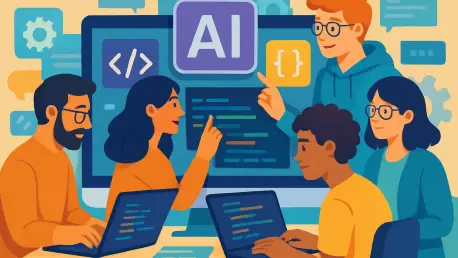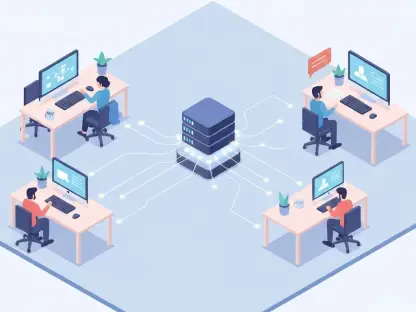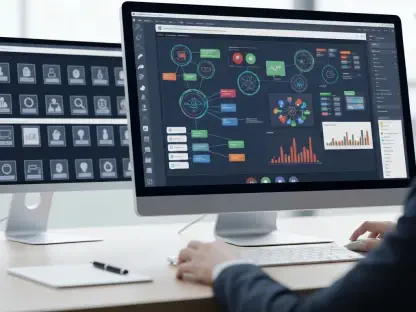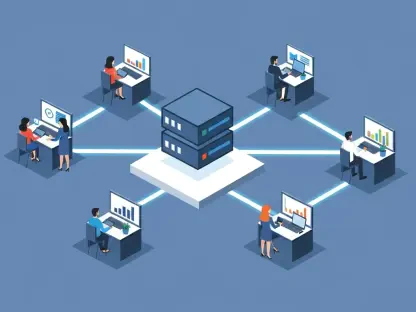I’m thrilled to sit down with Vijay Raina, a renowned expert in enterprise SaaS technology and a thought leader in software design and architecture. With his deep understanding of developer tools and community dynamics, Vijay offers invaluable insights into the evolving landscape of platforms like Stack Overflow. In this interview, we dive into the platform’s mission to foster community and learning, explore the upcoming redesign, discuss innovative features like Challenges and sub-communities, and examine the integration of AI in developer workflows. Join us as we unpack how these changes aim to empower developers worldwide.
How do you think a platform like Stack Overflow can evolve its mission to cultivate community and unlock growth for developers in today’s fast-changing tech landscape?
I believe platforms like Stack Overflow have a unique opportunity to evolve by focusing on personal connections and tailored learning experiences. The mission to cultivate community and unlock growth means creating spaces where developers feel supported, not just in solving immediate problems but in building long-term skills and relationships. This can happen through modern interfaces that prioritize ease of use and by integrating features that encourage mentorship and collaboration. As technology shifts rapidly, especially with AI, the platform must remain a trusted hub for nuanced, human-driven expertise while adapting to how developers work today.
What are some key elements you’d prioritize in a redesign to make a developer platform more accessible and modern without alienating long-time users?
In a redesign, I’d focus on intuitive navigation and a cleaner, more visually appealing interface that aligns with current design trends, like minimalism and responsive layouts. Accessibility should be at the forefront—think better contrast for readability and screen reader compatibility. To avoid alienating long-time users, it’s critical to maintain core functionalities, like the Q&A format, while introducing gradual changes with clear communication. Gathering user feedback during beta phases can help strike that balance, ensuring the platform feels fresh yet familiar.
How can new features on such a platform encourage deeper collaboration among developers, and what might those look like?
Collaboration can be deepened through features like real-time discussion spaces or shared problem-solving boards where developers can brainstorm together. Imagine a feature where users can co-edit code snippets or host live coding sessions within the platform. These tools would mimic the in-person collaboration developers crave, fostering a sense of community. Additionally, gamified elements like team-based challenges could incentivize working together, making collaboration not just useful but also engaging.
What potential do you see in creating focused sub-communities for specific areas of expertise, and how might they enhance learning for developers?
Sub-communities hold immense potential to create niche spaces where developers can dive deep into specific topics, like machine learning or cybersecurity. These focused groups can enhance learning by offering a more curated environment where users connect with peers and experts who share their exact interests. Unlike the broader Q&A format, sub-communities could support exploratory discussions and debates, allowing for richer, more contextual learning. They could also build trust by reducing the fear of judgment, encouraging users to ask messier, more subjective questions.
How can a platform address the challenge of strict moderation to make users feel more welcome while still maintaining high-quality content?
Addressing strict moderation starts with transparency—clear guidelines on why content is flagged or rejected, paired with constructive feedback for users. Platforms can also create tiered moderation, where new users get more leniency and guidance, while still upholding quality standards. Introducing dedicated spaces for exploratory or subjective questions, separate from the main Q&A, can help users feel welcome without diluting the platform’s reputation for accuracy. It’s about balancing rigor with empathy, ensuring users feel supported rather than policed.
What do you think drives such strong user interest in interactive features like Challenges, and how can they be designed to maximize engagement?
The strong interest in Challenges likely stems from developers’ desire for hands-on learning and a sense of achievement. Coding puzzles or math tasks tap into the problem-solving mindset while offering a fun break from routine work. To maximize engagement, Challenges should be varied in difficulty and topic, allowing users to pick what suits their skill level. Adding social elements, like leaderboards or the ability to discuss solutions with peers, can make them more interactive. Also, enabling users to showcase their progress on profiles or resumes would give a tangible reward for participation.
How do you see AI shaping the way developers work, and what are some of the biggest hurdles in integrating AI tools into their daily workflows?
AI is transforming how developers work by automating repetitive tasks like debugging or generating boilerplate code, freeing up time for creative problem-solving. However, it’s not without hurdles. One major issue is context switching—developers often bounce between tools, disrupting their flow. Integrating AI directly into IDEs can solve this, but ensuring accuracy and relevance of AI outputs is another challenge. There’s also the frustration of over-reliance; AI can’t always handle nuanced or emerging tech issues, so platforms must complement AI with human expertise to address those gaps.
What’s your forecast for the future of developer communities as they balance human expertise with AI advancements?
I foresee developer communities becoming hybrid ecosystems where AI handles the quick, straightforward queries, while human expertise remains central for complex, subjective, or innovative challenges. The future lies in seamless integration—AI as a first layer of support, guiding users to the right human connections or resources when needed. Communities will likely focus on fostering trust and personal connections through specialized groups or mentorship programs, ensuring developers feel valued. As AI evolves, the challenge will be maintaining that human touch, but I’m optimistic that platforms can strike a balance that empowers everyone.









